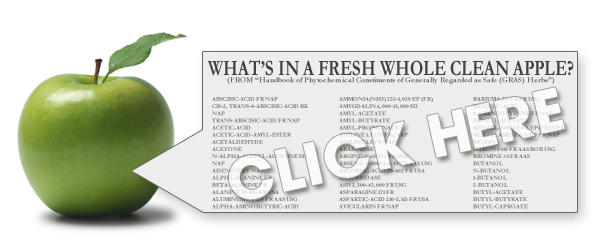As Aubrey Organics has grown, we have moved into markets outside of the United States. We have thus found it necessary to adjust the manner in which our ingredients are listed on our labels.
INCI, or International Nomenclature of Cosmetic Ingredients, is a collaboration between the U.S. Cosmetics, Toiletry and Fragrance Association (now PCPC) and the European Cosmetic, Toiletry and Perfumery Association. The goal: to establish a uniform, science-based method of ingredients labelling that increases consumer understanding, eliminates language barriers and helps resolve international trade issues. This format (INCI) is the standardized international format for listing ingredients on cosmetic and personal care products.
In 2007 we began using INCI labels (see below) in the USA for the first time. We have been converting the remainder of our product labels since then. We had been using INCI in international markets for quite some time before that.
An FDA-sanctioned version of INCI first appeared in the U.S. in 1973. By 1993, the European Union had adopted INCI as their regulatory standard, and since 2000, many more countries—from Argentina to Thailand to Japan—have also adopted INCI labelling.
INCI terminology is based on an ingredient's scientific name, which is often Latin-based. Of course, we know there are obvious advantages to using English "common names" on our labels. But as the U.S. becomes more multi-cultural and Aubrey expands worldwide, we recognize the need for a standardized labelling system.
Below are some examples of "common name" ingredients, and their INCI counterparts.





